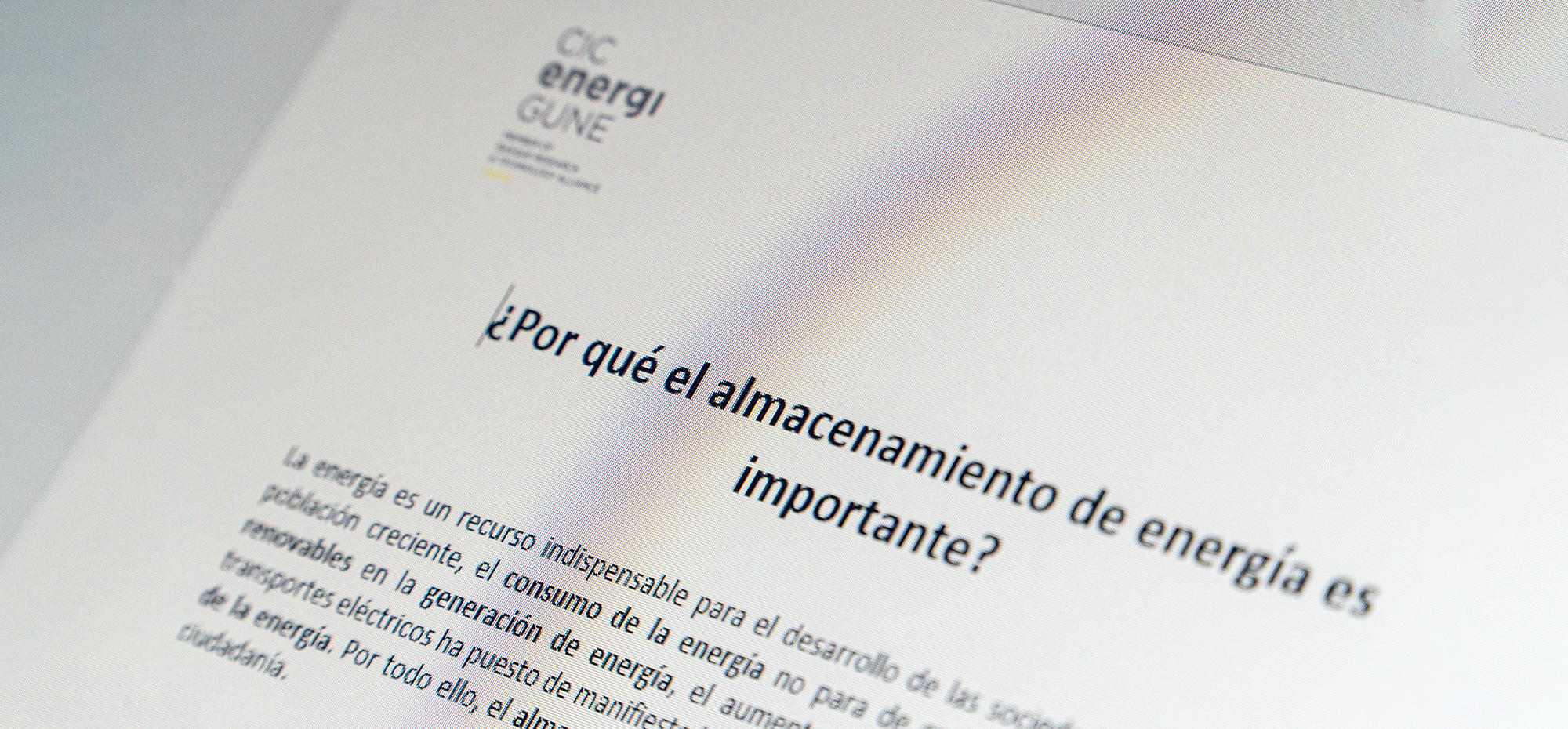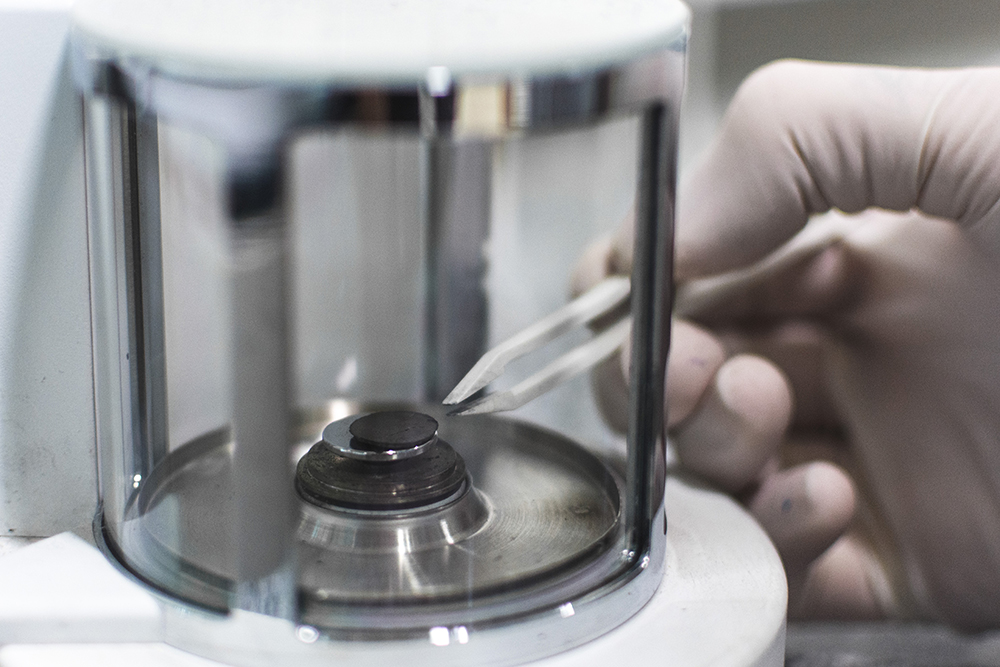Although graphene is the thinnest material known, it has exceptional mechanical, optical, and electronic properties, making it extremely attractive for a wide range of applications such as sensor technology, sports equipment, and the automotive industry.
In recent years there has been much talk about the immediate incorporation of graphene into batteries and supercapacitors. Despite being an up-and-coming field, there are still some years of research to bring this reality to the market. Indeed, the incorporation of graphene in electrochemical energy storage devices could significantly improve some of their features; increasing their energy density and power, as well as their stability and safety, and making viable the development of new generation storage technologies such as lithium-sulfur (Li-S) or metal-air batteries.
CIC energiGUNE, an expert center in energy storage and participant since the beginning of the most ambitious research project at European level up to now -Graphene Flagship- has developed several strategies for the integration of graphene in different advanced electrochemical energy storage devices such as supercapacitors or batteries.
Graphene in different storage technologies
In the field of energy storage, graphene has an excellent projection. Its incorporation, mainly in the formulation of electrodes, has led to the significant improvements of specific properties in some devices such as supercapacitors or batteries. Besides, its mechanical and electronic properties will allow its integration in flexible and complex multifunctional devices.
In the case of supercapacitors, graphene represents an alternative to activated carbons with high specific surfaces and tortuous porosity, which are generally used in the manufacture of electrodes for electrochemical capacitors. Its open, non-porous laminar structure allows the adsorption of many ions for the formation of the electric double layer quickly and reversibly. This, combined with its high electronic conductivity, makes it possible to increase the power of the devices enabling their use in applications such as AC filters, previously restricted exclusively to conventional capacitors.










